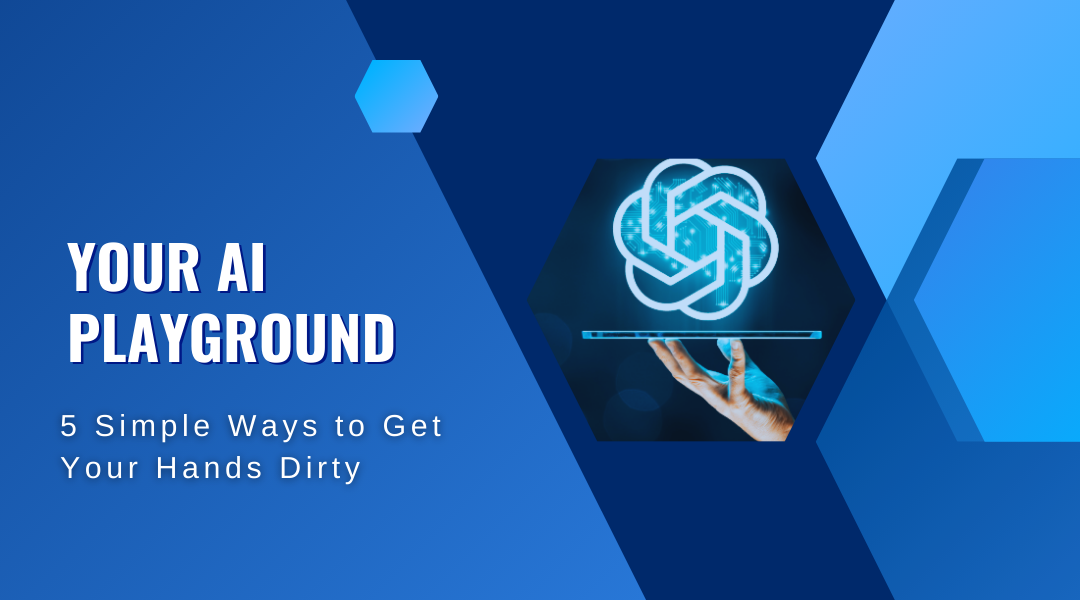Feeling curious about artificial intelligence but not sure where to begin? You don’t need a PhD to start experimenting. The best way to understand AI is to play with it yourself. Think of these tools as your personal sandbox—a place to tinker, make mistakes, and have those “aha!” moments that turn abstract concepts into tangible fun. Let’s dive into five accessible entry points that will demystify AI and spark your creativity.
1. Google’s Teachable Machine: See-and-Learn Simplicity
This free web-based tool is arguably the most intuitive way to grasp how AI learns from examples. Using your computer’s camera or files from your hard drive, you can train a simple model to recognize images, sounds, or poses in minutes.
Give it a try: Instead of just waves, why not teach it to distinguish between your pet’s behaviors? Grab your phone and take about 15-20 short video clips of your dog in different states: sleeping, barking, and wagging its tail. Upload these to Teachable Machine, group them into labeled categories, and hit “Train.” In seconds, you can point your camera at your dog and see if the AI correctly identifies what it’s doing. You’ll quickly learn how lighting, angles, and the number of examples impact its accuracy. It’s a powerful, hands-on lesson in machine learning that feels like magic.
2. TensorFlow Playground: The Brain’s Inner Workings, Visualized
If you’ve ever wondered what’s actually happening inside a neural network, this interactive website is a revelation. It lets you play with a simulated AI brain, manipulating the dials and levers that drive its learning process.
How to play: The tool presents a dataset (like a swirl of blue and orange dots) and challenges the AI to draw a boundary between them. You can add more “neurons” (brain cells) or extra layers of complexity, adjust the learning speed, and watch in real-time as the network attempts to solve the puzzle. It starts off making terrible guesses, but as you tweak the settings, you’ll see it learn and adapt, visually carving out a more accurate solution. It’s the perfect way to build an instinct for how AI thinks without writing a single line of code.
3. Python & Scikit-learn: Your First Step into Code
Ready to peek under the hood? Python is the lingua franca of AI for a reason: it’s readable, well-supported, and incredibly versatile. Paired with Scikit-learn, a library packed with pre-built machine learning tools, you can start making predictions from data almost immediately.
Your first project: Don’t start with something abstract. Use a dataset you care about. For instance, find a .csv file of your favorite basketball team’s season stats. Using a beginner-friendly platform like Google Colab (which runs in your browser and requires no setup), you can write a few lines of Python code to import that data into Scikit-learn. Then, try to build a model that predicts the number of points a player might score based on their minutes played, shot attempts, and rebounds. Seeing the code make a logical (or illogical!) prediction based on real numbers is an incredibly empowering experience that bridges the gap between theory and application.
4. Kaggle: Learn by Doing (With a Whole Community Cheering You On)
Kaggle is less a single tool and more a bustling workshop for data enthusiasts. It offers thousands of free datasets on everything from astronomy to zoology, along with structured competitions and, most importantly, a incredibly supportive community.
Where to start: Create a free account and navigate to the “Notebooks” section. Find a beginner-friendly dataset that piques your interest—maybe the life ratings of countries (the World Happiness Report) or trends in video game sales. The magic of Kaggle is that you can open notebooks written by other users, see exactly how they analyzed the data, and even copy and tweak their code to see what happens. It’s like learning to cook by watching a chef in a shared kitchen. You’re not alone; you’re learning in public with mentors all around you.
5. Raspberry Pi: Bringing AI into the Physical World
For the ultimate hands-on experience, combine software with hardware. A Raspberry Pi is a credit-card-sized, affordable computer that you can plug sensors, cameras, and motors into, allowing you to build AI systems that interact with the real world.
A fun starter idea: Build a smart bird feeder. Using a Raspberry Pi, a motion-sensing camera module, and a free image recognition software, you can create a system that snaps a photo whenever a bird lands on the feeder. The AI model can then be trained to identify different species—was that a cardinal or a blue jay? The project teaches you systems thinking, as you weave together hardware connections, software logic, and machine learning training, resulting in a unique device you built with your own hands.
Conclusion: Your Journey Starts with a Single Experiment
The goal here isn’t to become an expert overnight. It’s to ignite your curiosity and prove that you can indeed roll up your sleeves and interact with AI directly. This demystifies the technology and transforms it from a distant, complex force into a set of tools you can understand and even command.
So, pick one project that genuinely excites you. It could be as simple as using Teachable Machine to tell the difference between your favorite sneakers or as ambitious as starting a Kaggle notebook. The most important step is the first one. Pay attention to what happens—the frustrations, the surprises, the moments of success. These experiences are your foundation. They don’t just teach you about algorithms; they prepare you for the essential conversations about how we build, use, and govern this powerful technology responsibly in the years to come.
